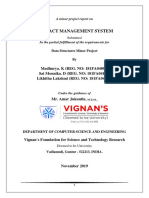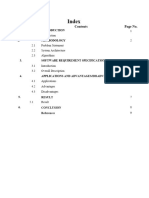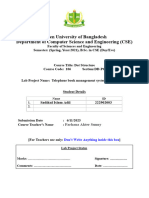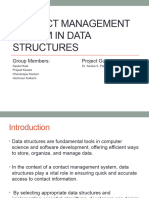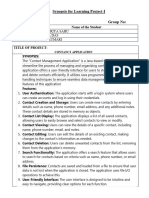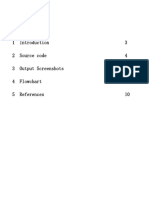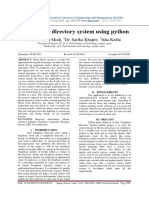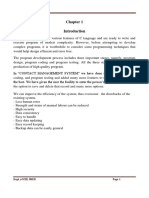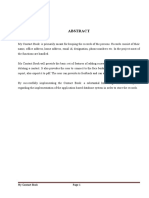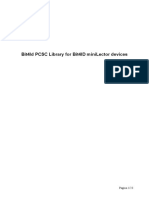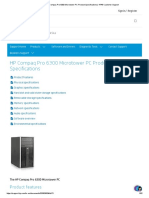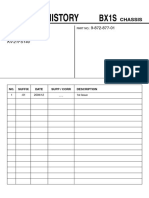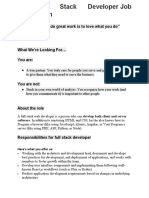0% found this document useful (0 votes)
31 views19 pagesAddress Book Management System
The Address Book Management System is a modular C program that allows users to manage personal contact information through a command-line interface, featuring functionalities such as adding, searching, editing, and deleting contacts with data validation. It emphasizes clean coding practices and lays the groundwork for future enhancements like file storage and GUI integration. The project demonstrates effective use of C programming concepts and aims to improve user experience and data integrity.
Uploaded by
fasilay352Copyright
© © All Rights Reserved
We take content rights seriously. If you suspect this is your content, claim it here.
Available Formats
Download as PDF, TXT or read online on Scribd
0% found this document useful (0 votes)
31 views19 pagesAddress Book Management System
The Address Book Management System is a modular C program that allows users to manage personal contact information through a command-line interface, featuring functionalities such as adding, searching, editing, and deleting contacts with data validation. It emphasizes clean coding practices and lays the groundwork for future enhancements like file storage and GUI integration. The project demonstrates effective use of C programming concepts and aims to improve user experience and data integrity.
Uploaded by
fasilay352Copyright
© © All Rights Reserved
We take content rights seriously. If you suspect this is your content, claim it here.
Available Formats
Download as PDF, TXT or read online on Scribd
/ 19






